Buried within the fine print of Nintendo’s new Virtual Game Card support page lies what appears to be the company’s first official acknowledgment that select Switch games will receive enhanced versions for its upcoming successor console. The revelation came tucked away in documentation explaining the new digital purchase system, offering the clearest indication yet of Nintendo’s backward compatibility strategy while hinting at potential next-generation upgrades for existing titles.
Deciphering Nintendo’s Telltale Wording
The critical passage appears in a support document explaining how Virtual Game Cards—Nintendo’s new system for gifting digital games—will function across different hardware generations. While primarily focused on current Switch functionality, the document states that “some games may have versions native to Nintendo Switch successor systems,” adding that these would be “treated as different software” from the original Switch versions.
This carefully worded statement suggests several important implications for Nintendo’s next console, widely referred to as the Switch 2 in industry circles. First, it confirms that at least some degree of backward compatibility is planned—a relief to consumers with extensive Switch libraries. More intriguingly, it hints that certain games may receive substantial upgrades rather than simple compatibility patches, with the wording suggesting these would be distinct software products rather than automatic enhancements.
What “Native Switch 2 Versions” Could Mean
Industry analysts parsing Nintendo’s language have identified several possible scenarios for how these native versions might work:
Enhanced Ports: Select first-party titles like The Legend of Zelda: Breath of the Wild or Super Mario Odyssey could receive full-fledged remasters with higher resolutions, improved frame rates, and enhanced textures—similar to how some Wii U games were upgraded for Switch.
Next-Gen Patches: Some newer releases like Tears of the Kingdom might offer paid or free updates unlocking higher performance when played on new hardware, following the model seen with PlayStation 4 games on PS5.
Dual-Generation Releases: Upcoming late-cycle Switch games could launch as cross-generation titles, with purchasers gaining access to both current and enhanced versions—a strategy employed by other console manufacturers during transitions.
The Virtual Game Card system’s handling of these scenarios appears designed to maintain flexibility. Documentation indicates that gift purchases would default to the original Switch version unless specifically selecting an enhanced edition, avoiding confusion while allowing publishers to market upgrades separately if desired.
.jpg)
Reading Between Nintendo’s Lines
Nintendo’s decision to reveal this information through support documentation rather than a formal announcement follows the company’s longstanding preference for controlled information releases. The approach allows them to set consumer expectations without committing to specific titles or features prematurely.
Several factors likely influenced this quiet confirmation:
Developer Preparedness: With Switch 2 reportedly launching in early 2025, third-party studios need clear guidelines for preparing their back catalogs. This documentation gives them official terminology to work with.
Digital Ecosystem Continuity: As Nintendo’s digital sales become increasingly important, establishing how purchases carry forward helps maintain consumer confidence in building digital libraries.
Market Expectations: After Sony and Microsoft established robust backward compatibility with performance enhancements, Nintendo likely feels pressure to match these features while maintaining their distinctive approach.
The Bigger Picture for Switch’s Successor
This accidental reveal fits with broader rumors about Nintendo’s next console. Multiple reports suggest the device will maintain the Switch’s hybrid portable/docked design while offering substantially improved performance—potentially enabling 4K output when docked. Such capabilities would provide ample headroom for enhancing existing Switch games, which currently max out at 1080p (and often less) in docked mode.
The mention of native Switch 2 versions also hints at the possibility of more ambitious upgrades than simple resolution boosts. Nintendo’s first-party studios are known for their technical ingenuity, and the prospect of games like Metroid Prime 4 launching as cross-generation titles with meaningful visual and performance differences between versions seems increasingly plausible.
What This Means for Switch Owners
For consumers, this behind-the-scenes confirmation suggests several key takeaways:
Physical and digital Switch game collections will likely carry forward in some capacity, though enhanced versions may require additional purchases or upgrades
First-party Nintendo titles seem probable candidates for enhancements, given the company’s control over those properties
The Virtual Game Card system’s design indicates Nintendo is preparing its digital infrastructure for a multi-generational approach rather than the clean breaks of previous console transitions
Perhaps most importantly, this stealth acknowledgment suggests Nintendo may be preparing to share more concrete details about its next console sooner rather than later. With the documentation effectively confirming enhanced backward compatibility, the company may feel less need to keep all specifications under wraps as the presumed 2025 launch approaches.
As always with Nintendo, the full picture will emerge on the company’s own timetable. But for attentive observers, these unassuming support documents have offered the most substantial clues yet about how Nintendo plans to bridge its current and future console generations—and how the Switch’s impressive software library might gain new life on more powerful hardware.

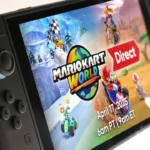
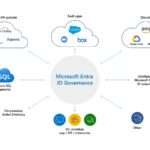



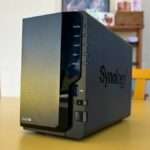
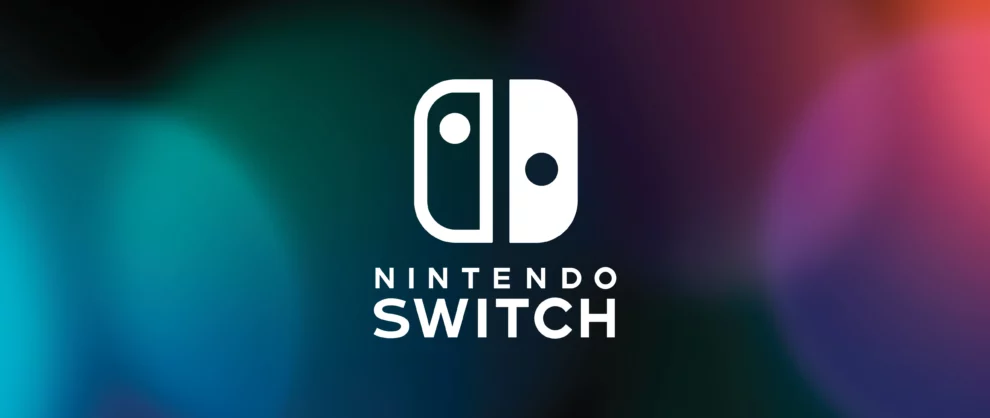
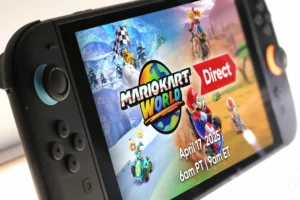
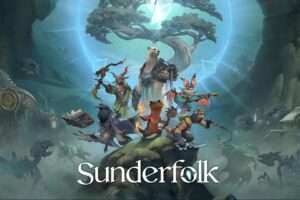
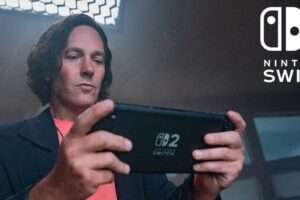





Add Comment